Car-replacing electric bikes FUELL Flluid-2 and Flluid-3

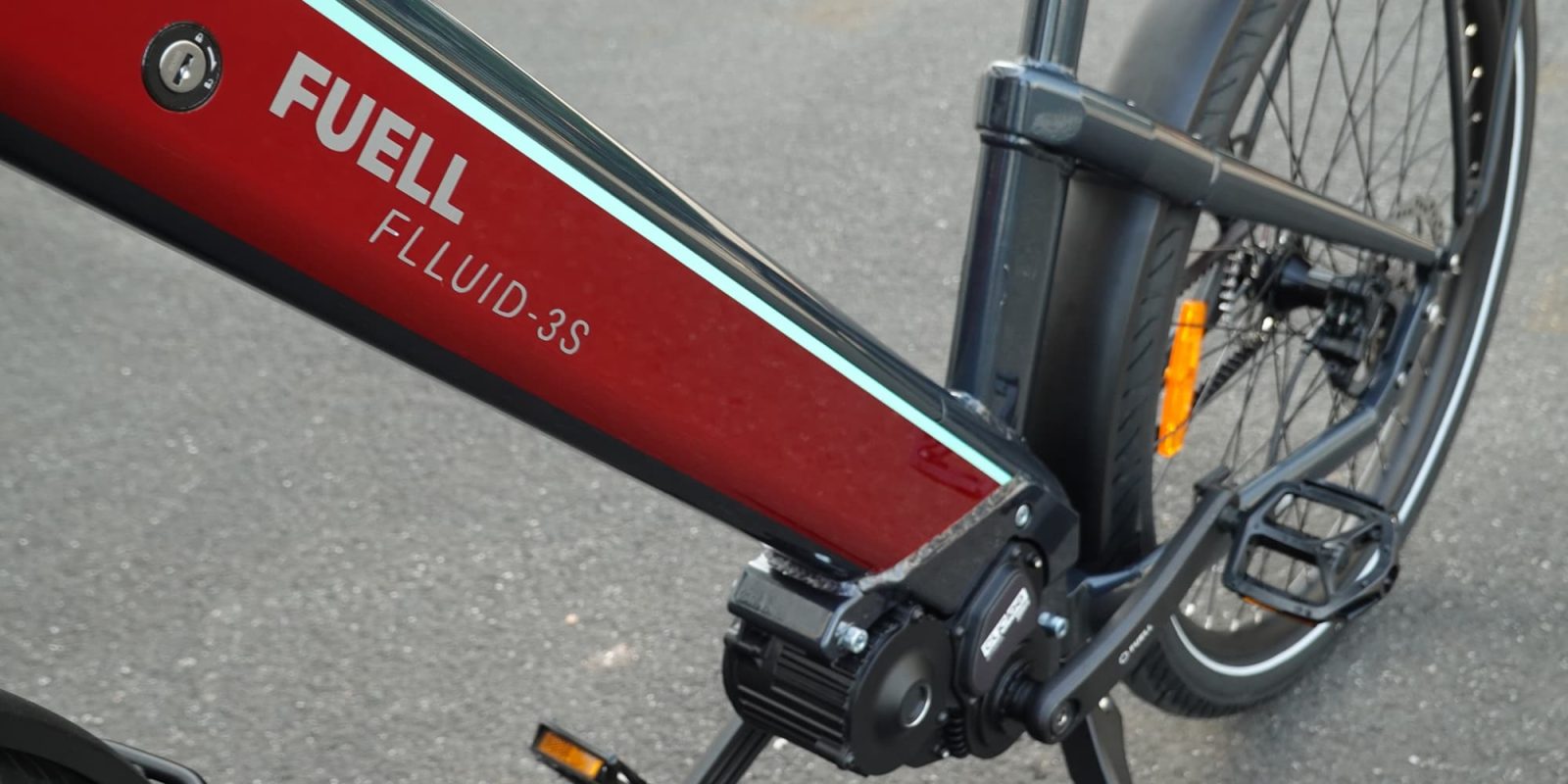
Eurobike 2023 was my first chance to check out the recently unveiled second-generation FUELL Flluid electric bikes, the Flluid-2 and Flluid-3. I was able to see both models up close and personal, and take a test ride on the Flluid 3 to see how well that new Valeo gear box motor works.
First of all, a big thanks to FUELL for sponsoring City Dwellers’s Eurobike coverage and allowing me to get some extended saddle time with the bikes while also meeting with the team that brought the new models to life.
There at the show I was able to see firsthand just what went into the centerpiece of the new bikes: the Valeo Cyclee motor, complete with intelligent gearbox.
The motor is surprisingly powerful, claiming 750 to 1,000 peak watts (depending who you ask and where you are), but it’s the torque numbers that are the real takeaway here. With 130 Nm of torque, the Valeo Cyclee motor means serious business. Torque figures are often the better comparison when evaluating the strength of one electric bike motor compared to another, and 130 Nm puts Valeo near the top of the list when it comes to e-bike mid-drive motors.
Complementing that power is the nicely engineered gear box. It pairs with intelligent software that lets riders entirely forget about shifting. The motor analyzes the rider’s pedaling speed and strength, using it to automatically adjust the gear ratios to maintain a comfortable and efficient pedaling cadence.
When you come to a stop, it downshifts for you. As you get rolling and pick up speed, it upshifts for you. The automatic shifting generally works great, though there was one aspect that I’d love to modify.
From my experience, I felt like it let me reach a bit higher pedal cadence than I would have preferred before shifting into the next higher gear, but the team explained to me that pedal cadence figures are modifiable.
And in fact, FUELL and Valeo remain working in close partnership to further dial in the motor and gearbox to the exact desires of the FUELL team.
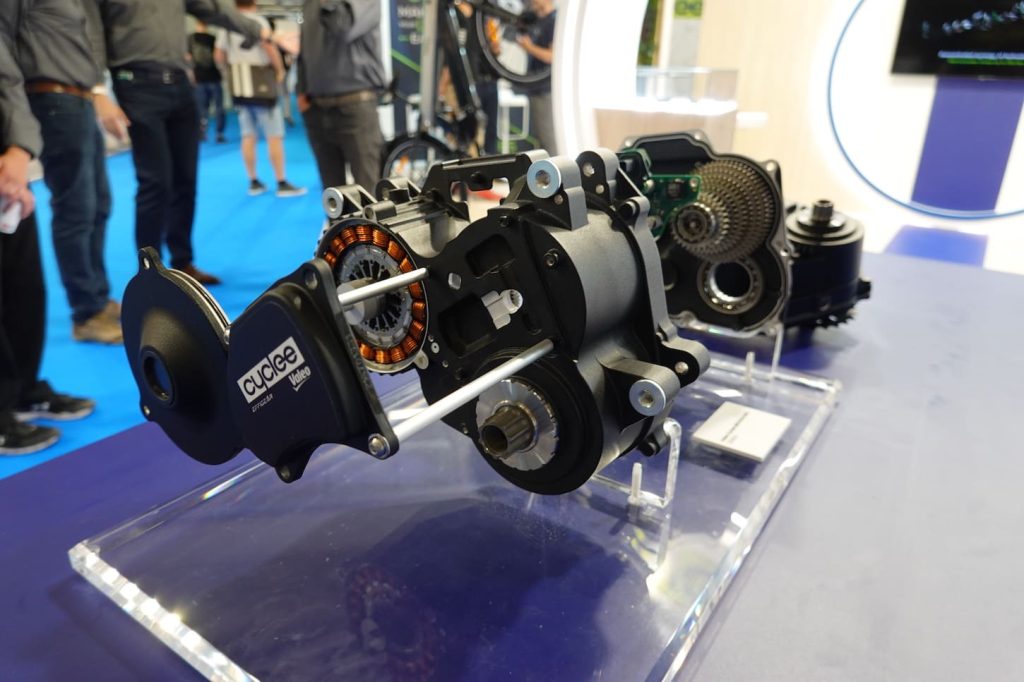
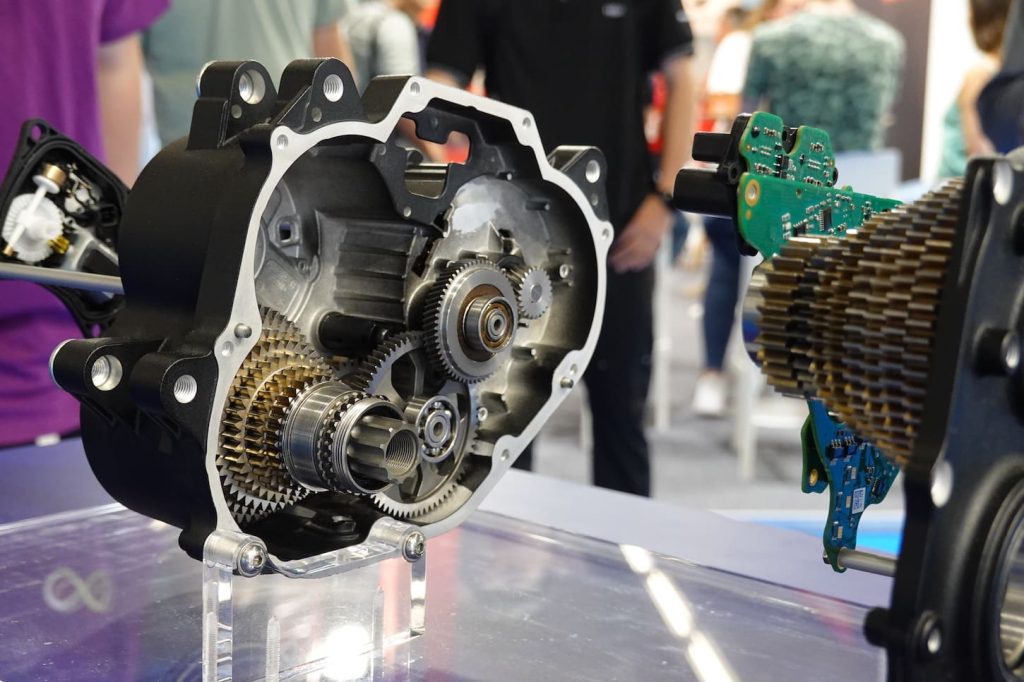
And remember, I’m talking about just when using the predictive shifting mode. For those that think they’re smarter than the computer, you can put the bike into manual shifting mode with the press of a button and use the electronic shifting to select your own gears whenever you want, also with the press of a button. I tried both, but preferred to leave it in predictive mode to make use of the automatic shifting.
Sure, I can drive a stick. But automatic transmissions are much nicer when you’re in the city. And as I discovered, the same goes for e-bikes.
If you’re like me and often forget to downshift at a stop after spending a lot of time pedaling in high gear, you’ll enjoy the automatic downshifting of the gearbox just as much as the automatic upshifting.
And if you’re a belt drive fan (also like me), then you’ll love that the design allows for the use of a Gates Carbon Drive belt setup, meaning you never have the hassle of a chain. Most belt drive e-bikes have to use a rear internally geared hub to allow for shifting with a belt drive, but FUELL’s partnership with Valeo means that you can have a simple single-speed rear hub, instead letting the motor and gearbox in the center of the bike do all the work. That puts more weight in the middle of the bike and also takes one more expensive component out of the more easily stealable rear wheel.
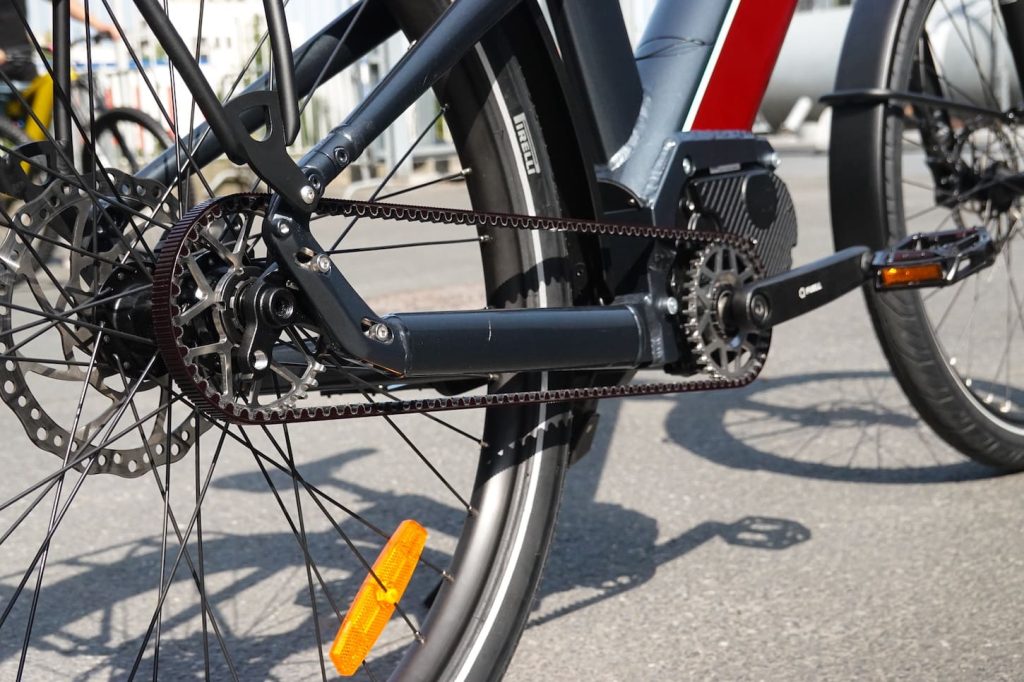
Whenever I test a new bike, I always try to hunt around for the negatives even in the sea of cool new features. And depending on your opinion, I may have found one in the sound of the motor. The sound level of the Cyclee motor/gearbox combo surprised me, as I’m used to much more quiet e-bikes. But a mechanical gearbox is a tricky thing to mute, unlike a simple electric motor with a serious lack of intermeshing, moving parts.
When you pedal or throttle up on the Flluid-2 or Flluid-3, you can hear the gearbox windup as you fly down the road, and the sound actually grew on me over my time testing the bike. Interestingly, you don’t really hear the automatic shifting, though you do feel it when your cadence is modified throughout the acceleration.
At first I wasn’t a fan of the sound of the motor winding up, but by the end of my test riding, it became a part of the experience. It adds to the sensation of accelerating, offering audible feedback instead of just the typical visual feedback of watching the world whizz by. If you’re a silent e-bike purist, you’re probably not going to like the extra sound. But if you enjoy more sensations with your riding, you’ll likely find it to be a positive. I’ll take an electromechanical sound over combustion engine exhaust any day, that’s for sure.
To hear it for yourself, check out my first ride video at the top of the article.
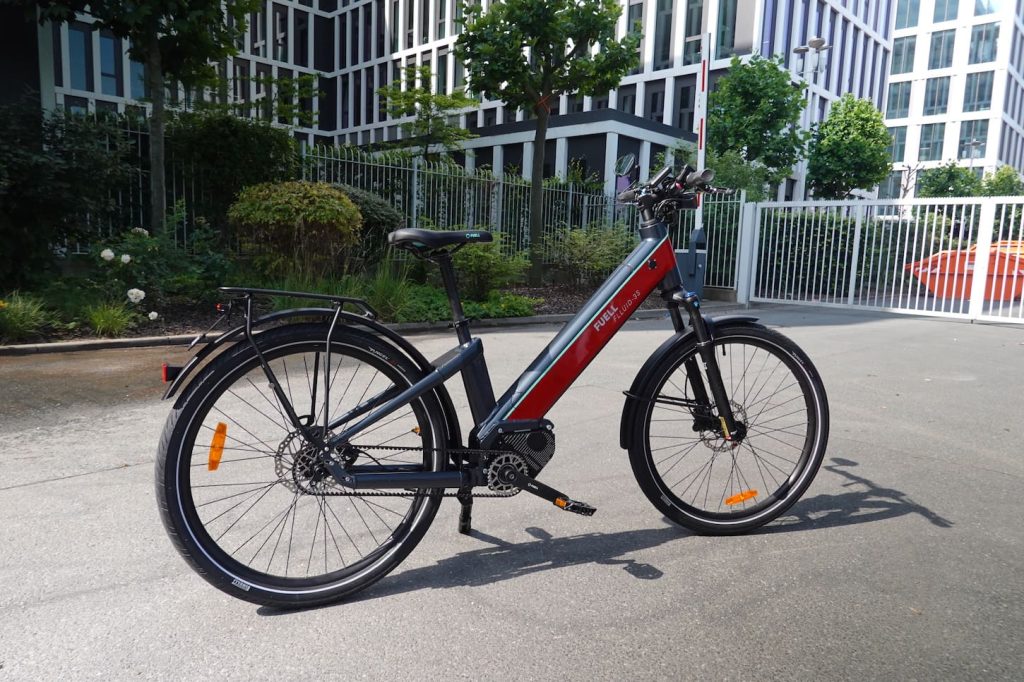
But this isn’t just about that new motor from Valeo. There’s a lot more to the Flluid-2 and Flluid-3 as well. Both of the new models use FUELL’s 1 kWh batteries, developed in-house by the team’s engineers. But the Flluid-2 actually features two of those batteries, offering 2 kWh of battery capacity.
If you’re using lower-power pedal assist, you might see nearly 200 miles (320 km) of range. If you’re cranking hard in high-power pedal assist, that range will drop to somewhere still north of 100 miles (160 km). If you’re riding on purely throttle (which is only available in North America), you’ll still get around 60 miles (100 km) of range per charge in a worst-case scenario.
That’s frankly quite amazing, as the worst-case scenario for range on most other e-bikes tends to drop into the 10-20 mile range. On the FUELL, the worst range you’ll get is comparable to the “perfect world” range on many other e-bikes.
The rest of the bike follows a similar tune to the battery specs: overbuilt. Solid rear rack, attractive fenders with tight tolerances, bright LED lighting, high-end hydraulic disc brakes, etc. Plus there are several other convenience upgrades, like a battery balancer that charges and discharges both batteries on the Flluid-2 simultaneously instead of one at a time.
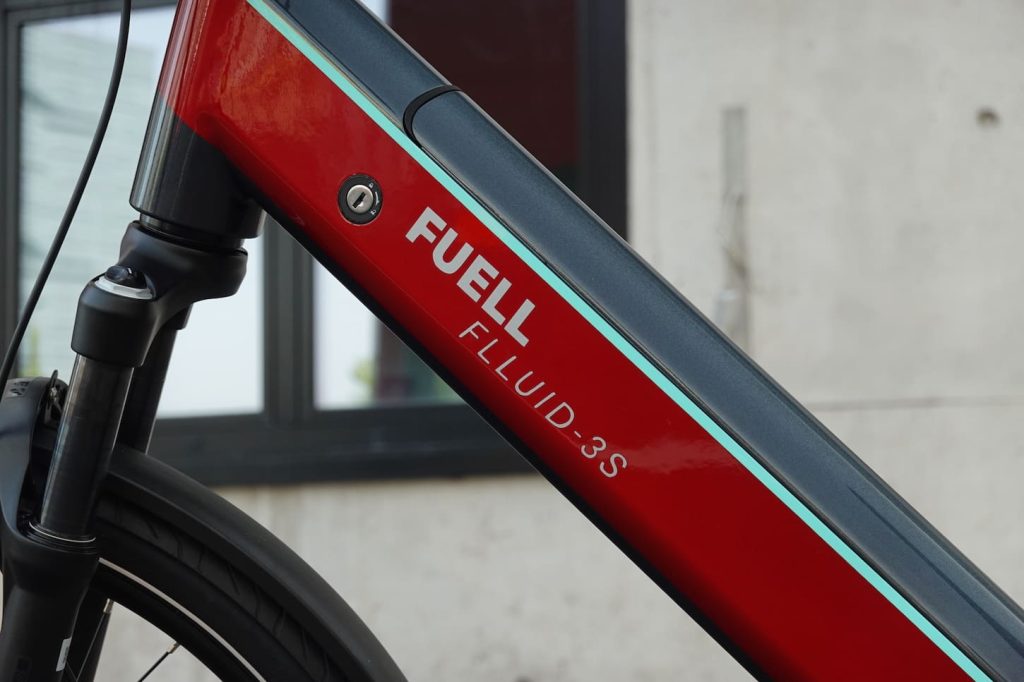
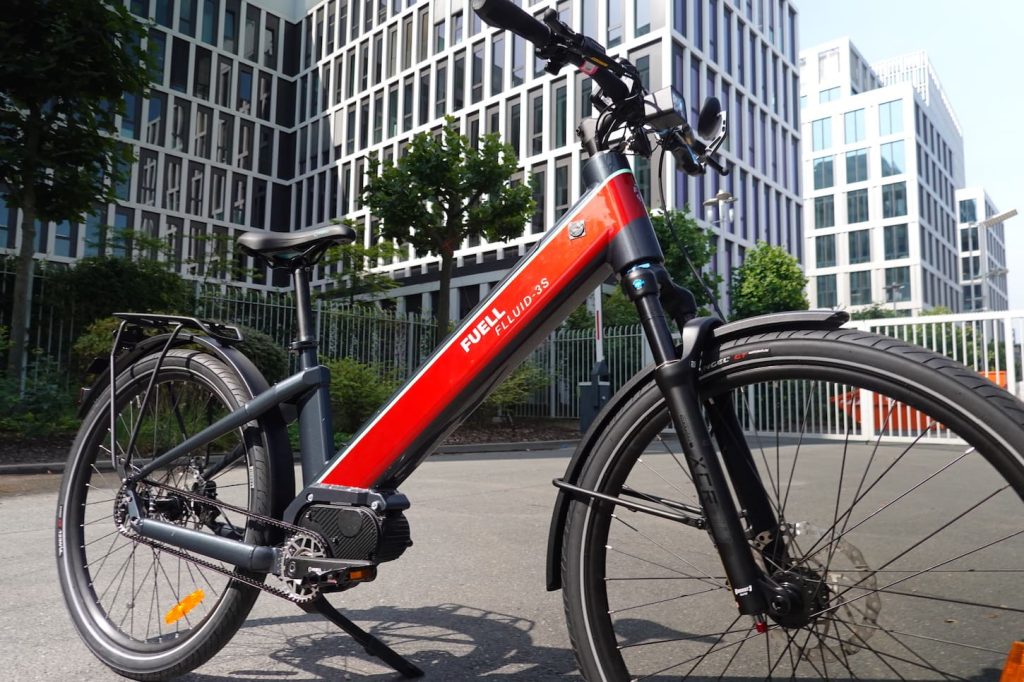
As FUELL’s cofounder and CEO Francois-Xavier Terny explained to me, a big part of the choice for these types of components and the huge battery capacity came back to Erik Buell’s design focus. It’s apparent that these bikes were built by someone who comes from a more vehicle-oriented background. As a legendary motorcycle designer, Buell didn’t set out to build a Sunday cruise bike for recreational riding. You could use it that way, but the bike is overbuilt for that.
Frankly, it’s even overbuilt for commuters, but that too was part of the design. As a bike that is intended to be used for heavy duty car-replacement type of riding, where this must be a dependable daily rider, reliability was an overarching theme of the design.
That means components like belt drive and hydraulic disc brakes that simply keep working with very little maintenance. That means more battery capacity than most people need, giving riders confidence that they’ll never run dry (and also opening the possibility of infrequent charging). And that means having to design much of the bike in-house to get exactly what they wanted.
The result isn’t cheap, but it did achieve their goal: building a unique and highly reliable e-bike that is both rugged and comfortable at the same time. It’s pricey, starting at $5,495, and that’s going to cut out a large swath of the market that will be better served by more budget-friendly bikes. But for those that are seeking a car-replacement bike, the kind that you can depend on the way many people do for a daily driver car, the price makes sense. The bike is largely bulletproof and rated for more than most people will need. And that’s exactly why I can see it being so successful.
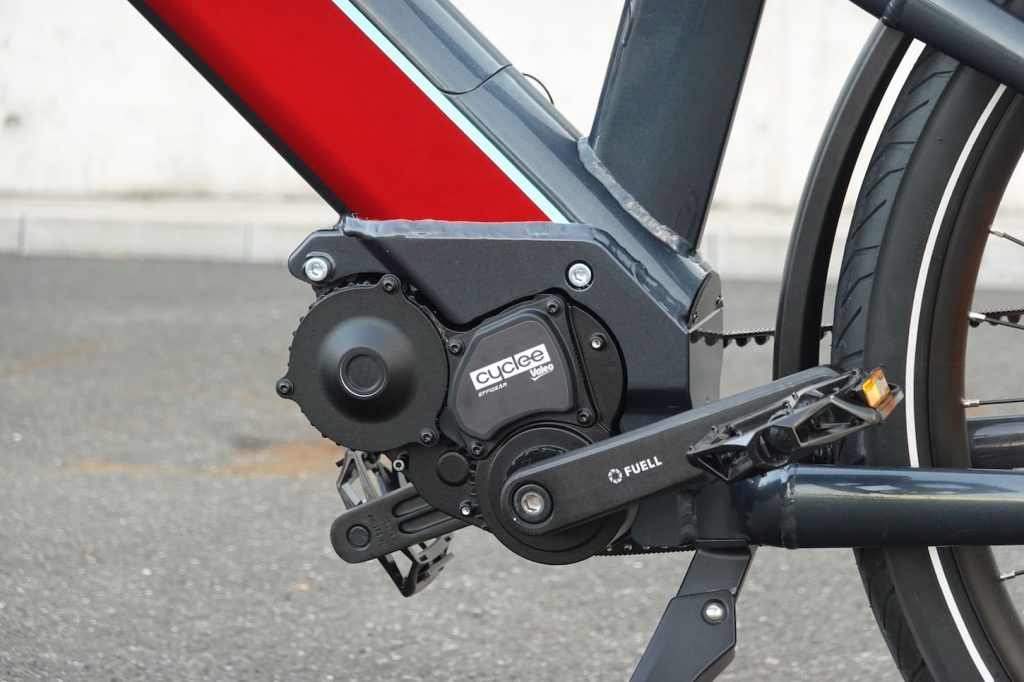
FTC: We use income earning auto affiliate links. More.